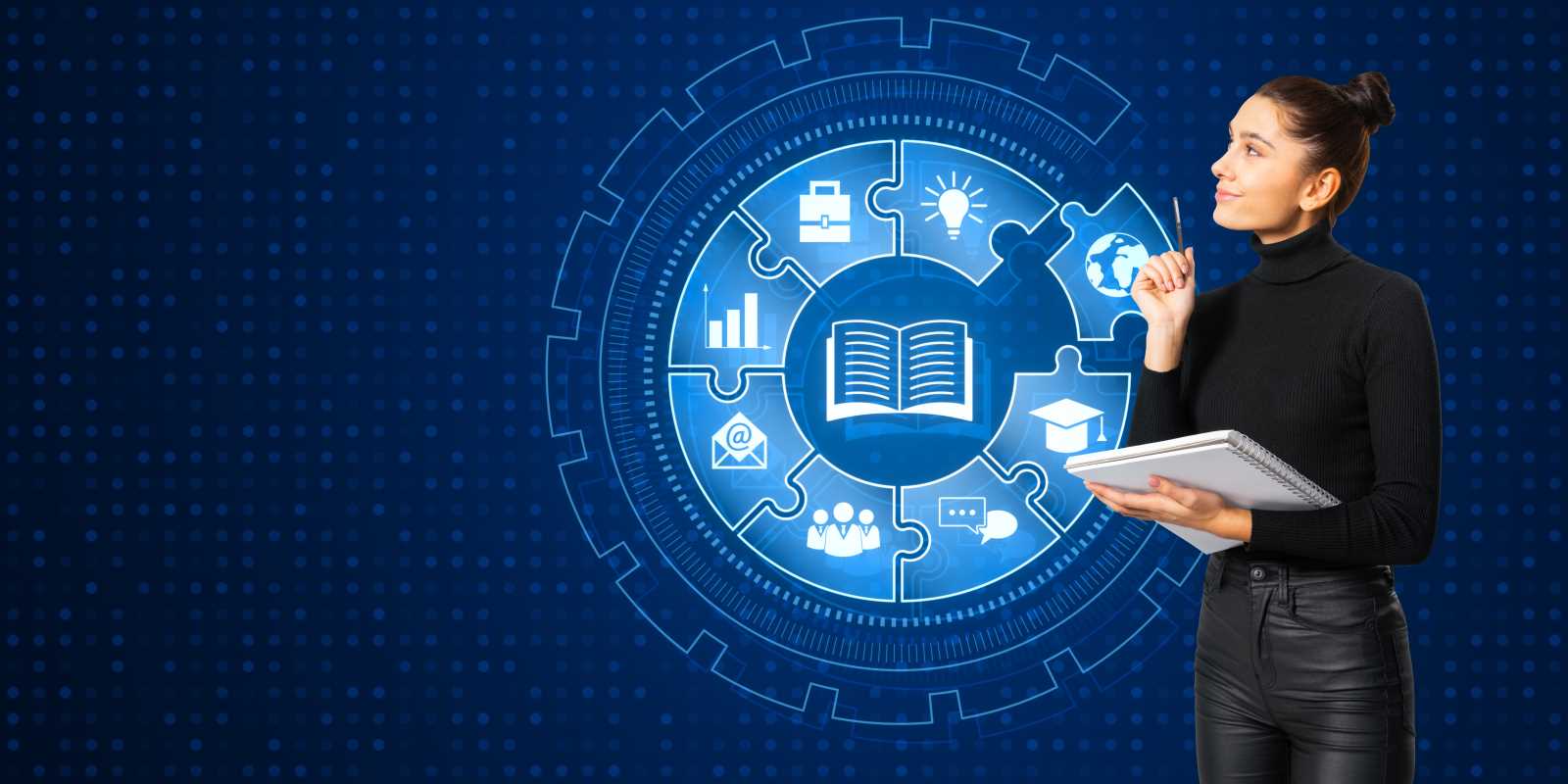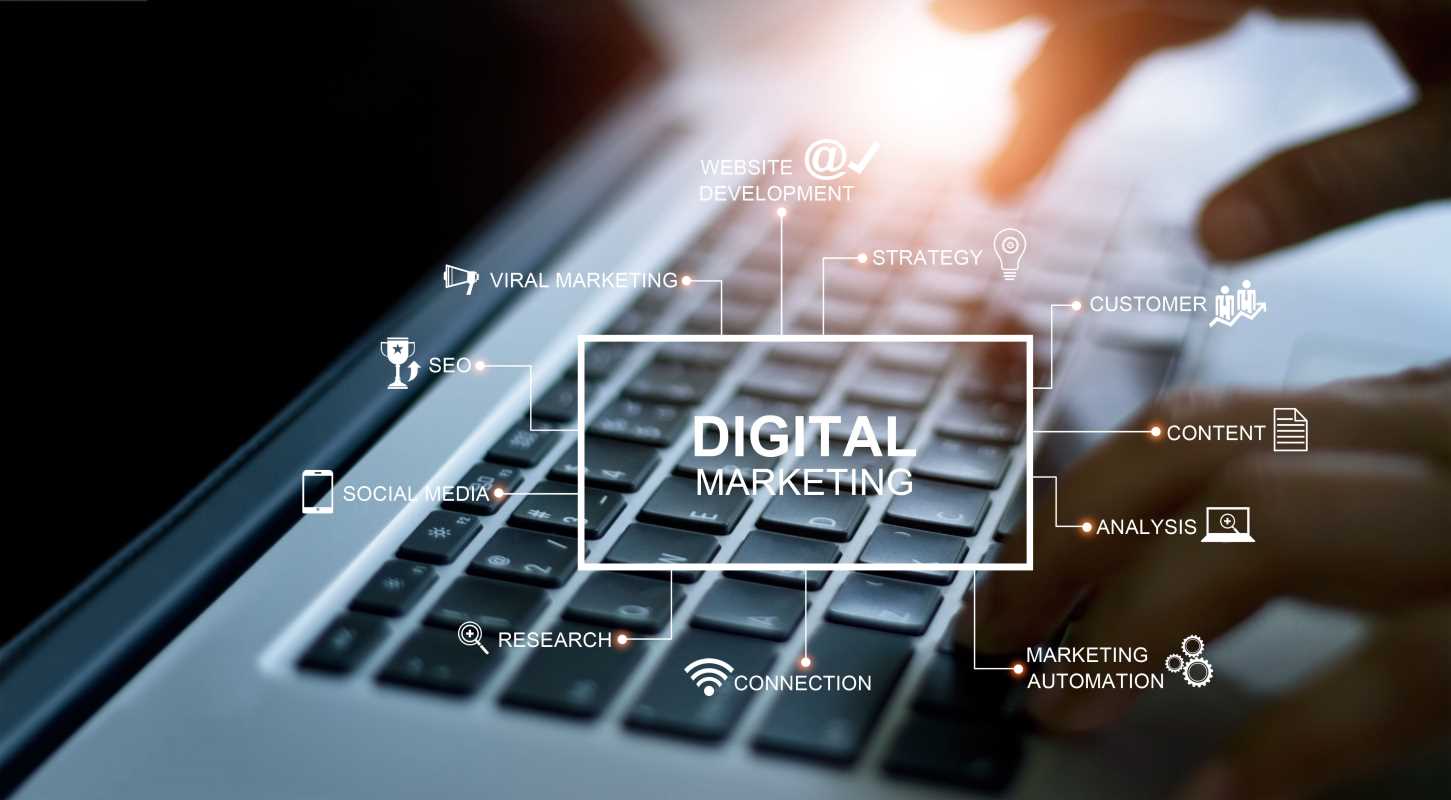In the landscape of professional development, online learning offers incredible flexibility. Two of the most popular formats you will encounter are webinars and e-courses. While both are designed to deliver knowledge digitally, they serve different purposes and cater to distinct learning styles. Understanding the key differences between a live, interactive webinar and a self-paced e-course is crucial for choosing the right tool to help you achieve your career goals.
What is a Webinar?
A webinar, short for "web-based seminar," is a live presentation, workshop, or lecture hosted online. It is a one-to-many communication tool where a host presents to a large audience in real time. The format is interactive, typically allowing for audience participation through features like Q&A sessions, polls, and chat boxes.
Webinars are time-bound events, usually lasting between 30 and 90 minutes. They are often recorded and made available for on-demand viewing later, but their primary value lies in the live, scheduled experience.
The Benefits of Webinars
Webinars are highly effective for specific types of learning and engagement.
- Real-Time Interaction: The biggest advantage is the ability to interact directly with the presenter and other attendees. You can ask clarifying questions and get immediate answers, which is invaluable for complex topics. This live feedback loop makes the learning experience dynamic and engaging.
- Timely and Topical Content: Because they are easy to produce, webinars are perfect for addressing current trends, breaking news, or time-sensitive topics. A company might host a webinar to discuss the impact of a new industry regulation or to demonstrate the latest features of a software update.
- Networking Opportunities: The live chat and Q&A features provide a space to connect with other professionals who share your interests. These interactions can lead to valuable new connections and a sense of community, even in a virtual setting.
- Low Commitment: A one-hour webinar is a small investment of time. This makes it an accessible way to gain a high-level overview of a new subject or to get a taste of a topic before committing to a more intensive learning path.
The Drawbacks of Webinars
Despite their benefits, webinars have limitations.
- Fixed Schedules: You must be available at a specific date and time to attend the live event. This can be challenging for professionals with busy or unpredictable schedules.
- Superficial Coverage: Due to the short format, webinars can typically only scratch the surface of a topic. They are great for introductions but are not designed for deep, comprehensive learning.
- Variable Quality: The quality of a webinar is highly dependent on the presenter's skill and the stability of the technology. A poor presenter or technical glitches can easily derail the learning experience.
What is an E-Course?
An e-course, or electronic course, is a structured, self-paced learning program delivered online. It consists of a series of modules or lessons that students can work through on their own schedule. These courses often include a variety of content formats, such as pre-recorded video lectures, readings, quizzes, and hands-on projects.
Unlike a webinar, an e-course is designed for comprehensive learning. The goal is to help a student master a subject from the ground up.
The Benefits of E-Courses
E-courses provide a structured and in-depth educational experience.
- Unmatched Flexibility: The self-paced nature of e-courses is their greatest strength. You can learn whenever and wherever it is convenient for you, whether that's during your lunch break, late at night, or on the weekend. You can also revisit materials as many times as you need to fully grasp a concept.
- Comprehensive, Deep Dives: E-courses are designed to provide a thorough understanding of a subject. A course on project management, for example, will cover everything from initial planning and budgeting to risk management and team leadership, often over several weeks or months.
- Structured Learning Path: A well-designed e-course guides you through a topic in a logical sequence. Each lesson builds on the last, creating a clear path from beginner to proficient. This structure is ideal for learning complex skills.
- Hands-On Application: Many e-courses include practical assignments, projects, and assessments. This focus on application ensures that you are not just passively consuming information but are actively using it to build real skills.
The Drawbacks of E-Courses
The self-paced model also presents some challenges.
- Requires Self-Discipline: Without a fixed schedule or a live instructor to hold you accountable, it is easy to fall behind. Successfully completing an e-course requires a high degree of motivation and self-discipline.
- Potential for Isolation: Learning on your own can be an isolating experience. While many e-courses include community forums, they lack the immediate, real-time interaction of a webinar.
- Delayed Feedback: If you have a question, you may have to wait for a response from an instructor or a teaching assistant via email or a forum, which can slow down your progress.
Webinars vs. E-Courses: A Head-to-Head Comparison
| Feature | Webinar | E-Course |
| Format | Live, real-time event | Self-paced, pre-recorded modules |
| Duration | Short (30-90 minutes) | Long (several hours or weeks) |
| Pacing | Instructor-paced | Student-paced |
| Depth | High-level overview | In-depth, comprehensive |
| Interaction | Live Q&A, polls, chat | Forums, email, peer reviews |
| Best For | Topical updates, introductions, networking | Mastering new skills, deep learning |
How to Choose the Right Format for You
The decision between a webinar and an e-course comes down to your specific learning objectives. Ask yourself what you are trying to achieve.
Choose a Webinar When:
- You want to stay current on industry trends or a recent development.
- You need a quick introduction to a new topic to see if you are interested in learning more.
- You have a specific question that you want to ask an expert directly.
- You are looking to network with other professionals in your field.
- Your schedule is tight, and you can only commit to an hour of learning.
Example Scenario: A marketing manager hears about a new Google Analytics update. A one-hour webinar hosted by a digital marketing expert would be the perfect way to quickly understand the changes and their implications.
Choose an E-Course When:
- You want to learn a new, complex skill from scratch, such as coding, data analysis, or UX design.
- You need to gain a deep, foundational understanding of a subject for a new role or promotion.
- You need the flexibility to learn on your own schedule.
- You want to build a portfolio of work through hands-on projects and assignments.
- You are preparing for a professional certification exam.
Example Scenario: The same marketing manager decides they want to become proficient in data analytics. An e-course on data science for marketers would provide the structured, comprehensive training needed to master the skills of data collection, analysis, and visualization.
Final Thoughts
Both webinars and e-courses are valuable tools for professional development. They are not mutually exclusive; in fact, they often work best together. You might attend a webinar to get an introduction to a topic and then enroll in an e-course to master it.
By understanding the unique strengths and weaknesses of each format, you can make strategic choices about how you invest your time and energy. This allows you to build a personalized learning plan that effectively supports your long-term career ambitions.
 (Image via
(Image via





